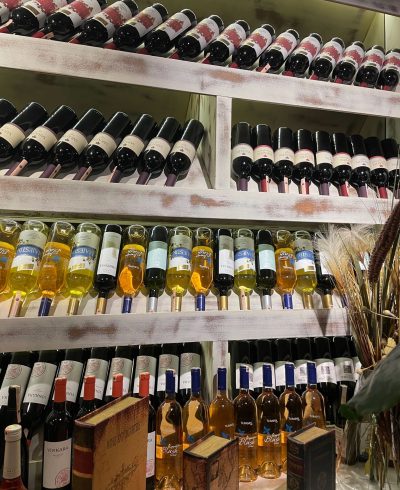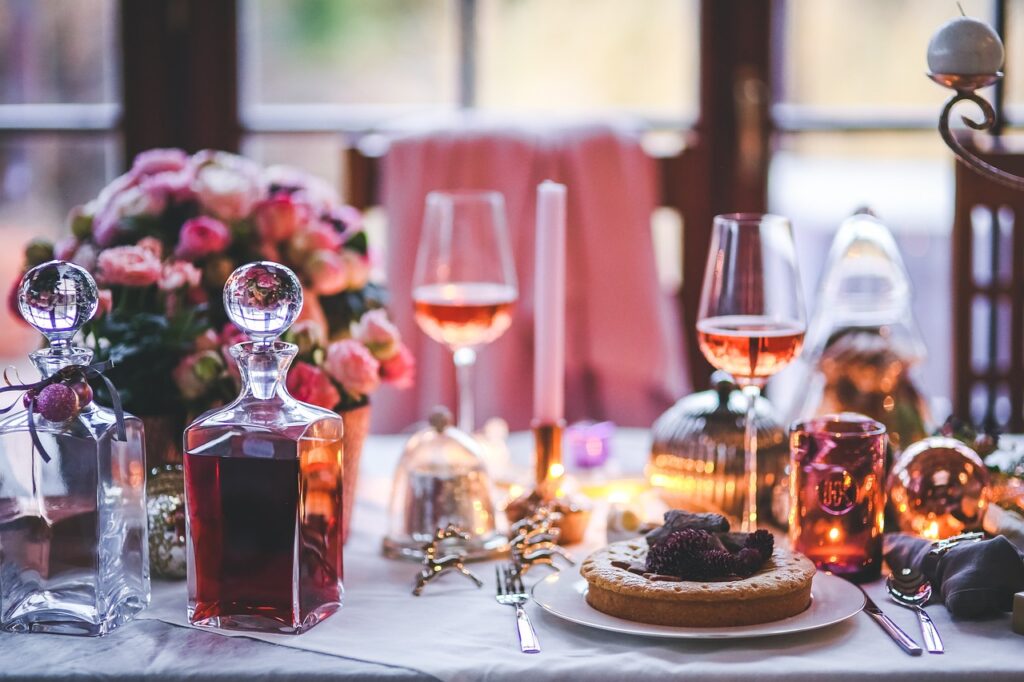Common Wine Myths Debunked: Separating Fact from Fiction

Wine is a beloved beverage with a rich history that spans thousands of years. From ancient rituals to modern-day celebrations, wine has been a symbol of culture, tradition, and enjoyment. However, alongside this storied past, the drink has also accumulated its fair share of common wine myths and misconceptions. These myths can often influence our perceptions and choices. Sometimes leading us astray from fully appreciating the diversity and complexity of wine.
Whether you’re new to the world of wine or have been enjoying it for years, you’ve likely encountered certain “truths” about wine that may not hold up under scrutiny. These range from ideas about the importance of price and age to assumptions about what foods pair best with different types of wine. While some of these myths are rooted in tradition or popular belief, they don’t always reflect the reality of wine-making and wine-tasting.
In this blog post, we aim to shed light on some of the most common wine myths and provide you with the facts. By debunking these myths, we hope to enhance your wine-drinking experience. Giving you the confidence to explore and enjoy wine without being bound by outdated or misleading information. Whether you’re selecting a bottle for a special occasion or simply enjoying a glass with dinner, understanding the truth behind these myths can help you make more informed and enjoyable choices.
Myth 1: Older Wine is Always Better
Myth 2: The More Expensive, the Better

Myth 3: White Wine with Fish, Red Wine with Meat
Myth 4: Screw Caps are a Sign of Cheap Wine
Myth 5: Sulphites in Wine Cause Headaches

As we’ve explored throughout this blog post, the world of wine is as rich in myths as it is in flavours. These myths, while often rooted in tradition or hearsay, can sometimes mislead us or limit our enjoyment of wine. By debunking common misconceptions, we gain a clearer understanding of what makes each bottle unique and how best to appreciate it.
Understanding that not all wines benefit from ageing, that price doesn’t always equate to quality, and that food pairings can be more flexible than traditionally thought allows us to approach wine with a more open mind. Recognising the benefits of modern innovations like screw caps or the true impact of sulphites empowers us to make choices based on facts rather than assumptions.
Ultimately, wine is about personal enjoyment and exploration. The beauty of wine lies in its diversity. From the vast array of grape varieties and regions to the countless styles and flavours. This variety offers endless opportunities for discover. Whether you’re trying a new wine region for the first time, experimenting with unconventional food pairings, or simply sipping a glass that brings you joy.
So, as you continue your wine journey, remember that the best wine is the one you enjoy. Don’t be afraid to explore and experiment. But most importantly, trust your own palate. Wine is a sensory experience, meant to be savoured and shared. Breaking free from myths can enhance your appreciation of this delightful beverage.
